I'm trying to add an indicator to a relay circuit; specifically, I want to know if it's open or closed in a way that can detect contact welding. (I considered a DPDT relay, but it looks like these could fail with one contact welded while the other is open.)
Is there any way to detect continuity in a circuit that may or may not have a live (110 VAC) voltage, without affecting any load connected to that circuit?
Consider this diagram:

Basically, is there any way to implement the "magic box" here to detect whether the circled switch has continuity across its terminals, without circumventing the function of the switch, and that will work with the other switches in any position? (Assume the "magic box" is allowed to have an independent power supply. The "output" of the magic box should be illuminating one of two LEDs to indicate either "open" or "closed".)
To clarify, the goal is for the "tester" to be built into a larger device; the less steps the user needs to perform, the better. Ideally, imagine the relay replaced with a wall switch. The switch would have two lights, one indicating the switch is in the "off" position, and one indicating it is in the "on" position. (But the "on" light needs to light up whether or not there is voltage across the switch.)
I could wrangle something by hooking up a DPDT switch across the switch being tested that shunts it between a test circuit and "live" circuit, but that's not ideal. (In "test" mode, obviously the mains circuit can't be completed, and in "live" mode, the switch will always appear to be open.)
Note: it's fairly important that any failure in the "magic box" either does not short the switch, or is reliably detectable via the LEDs. (The former is more preferable.)
